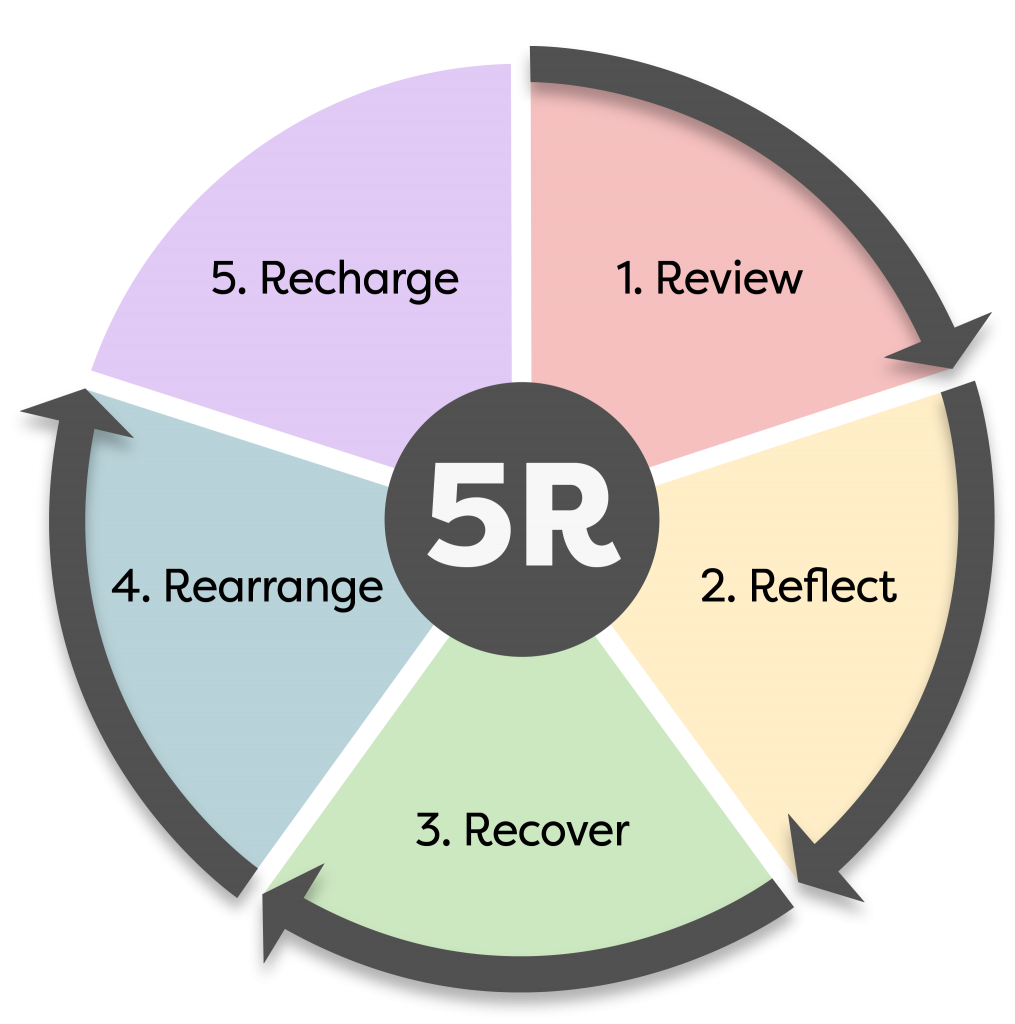
No one is indispensable !!

Accelerate Your Personal & Professional Growth !!

My mentor John Maxwell says all the time that everything worthwhile in life is uphill. It’s uphill all the way. Our dreams, our relationships, our goals, and everything valuable in life are all uphill. That’s why you and I need to be super intentional because we only go uphill if we are intentional. The problem in today’s world is that people usually have uphill aspirations and downhill habits. You see, one can’t climb uphill with downhill habits. That is why most people don’t lead their lives; they accept life because they are not ready for an intentional upward journey, and they love to coast in their life.

The only way to go uphill is through self-leadership. Someone can’t have continuous success in life with downhill habits. It’s faster, easier, quicker downhill than it is uphill. If you have many uphill days and a few downhill days, they will cancel out all the uphill days. You will wipe out your 3 or 4 days of climbing with just one day of coasting. There is no such thing as accidental success in life. If I want to write a book, I should keep marching forward by writing one letter at a time.
Are you having uphill aspirations and downhill habits? It’s time for a reality check. You cannot become what you need by remaining who you are. It’s about time for you and me to stop waiting for the man or woman we want to become and start being the man or woman we want to be. No one ever improves by accident. Once you are done with your college education, you must take complete ownership of the personal development process since nobody else will do it for you.
Self-leadership is the bridge between intentions and actions. It makes habit your servant instead of your master. Let me tell you the strangest open secret of this world – either you pay now and play later or play now and pay later. No matter what life expects, you to pay. The question is whether you would like to pay on the front end or pay on the backend. The longer you wait to pay, the more you need to pay.
Consistency is the prerequisite of excellence. Therefore my first and foremost advice to you is never to underestimate the compounding impact of consistency. If we don’t grow, the most significant loss in life will be at the end because that’s when all the compounding takes place. Therefore our future, our growth, depends on what we do daily.
Fish that move in the same direction and speed as the river are the dead ones floating on top. Fish have a mission, and they swim in the direction necessary to achieve their goals. Life is like a river that always flows onward, and we must choose to either “go with the flow” or swim in the direction we decide to achieve our purpose and goal in life.
If you enjoyed this post, you would love my book, “Don’t Coast”
Grab your copy from the below links:
You can subscribe to my social media channels:
We should learn to value or trust the process more than the event. Are you thinking that reading a book or listening to a motivational speaker would create miracles in your life? Of course, the answer is no. Never overestimate the importance of an event and underestimate the power of the process. You might get the inspiration to start the process by attending an event. But, the process is ongoing learning which takes consistent, deliberate effort to grow each day. In other words, the process is more important than the event for a growth-conscious mindset. Therefore, attending an event or motivational talk or reading a book should only be considered a triggering point to learn a new habit or skill. What you do daily to hone that skill is what matters ultimately.
I watched a construction activity on a site right next to our office many years ago for many months. Initially, the land was sealed off with iron sheets with an entrance to the site before the commencement of the construction activity. After a few days, the digging started, and it went deeper and deeper each day. From my office desk on the 4th floor, I would look down to see the work going on every now and then during the day. I watched the engineers begin the digging for the foundation using hydraulic diggers. Later every day for the next few weeks, I noticed trucks shifting the soil out of the site. We know that longevity, stability, and safety indeed depend on its deep and stable foundation. Since I have an aerial view of the construction site, I could see what was going on in the site. However, for those walking next to the site along the road, it would appear that nothing is going on in the site since they cannot see anything visible.

After a couple of months, the earthwork was completed. The team started working on anti-termite treatment since termite infestation can weaken the building structure and damage wooden materials. Later, using reinforced steel bars, the engineers began building the framework for the foundation, followed by concrete work. After many months the foundation could reach the ground level. After the base was established, engineers started to build the walls. Almost after six months, people on the outside began seeing the building going up. However, I understood how much effort had gone in from my office, and the time it took for the building to get to that level. For some of the people looking from the outside, it appears that the building had come up ‘overnight,’ which was quite surprising for them when noticed for the first time. It is quite analogous to the illusion of ‘overnight successes. There is nothing like an overnight success, and it is a myth. You have to work for months and years to become an overnight success.
Let me give you a few examples and situations when we totally and absolutely ‘trust’ the process because we are extremely sure about the end result. Some people follow a hard diet because they know that the outcome of weight loss or getting back in shape is worth it after a few months. I am sure some of you might have already had the experience of enduring a long drive by bus, car, train, or flight because you always reminded yourself about the beautiful destination waiting for you at the end of the journey. Sometimes we take a headache pill and instantly feel relieved because we are sure that the tablet would start working within no time.
Trusting the process is long-term insightful thinking. It merely means a robust, resilient, and almost unshakable faith that keeps us going through difficult times with little complaints. It is because we’ve been continuously reminding ourselves about the end destination. For an athlete, trusting the process might mean having faith in his training abilities and his dreams of attaining success. It might be studying hard for a student and believing in himself that to clear the year-end or admission test with an excellent grade or rank. For a building contractor or engineer, trusting the process means having enough patience and faith to imagine a beautiful building upon looking at an empty piece of land. Trusting the process will give you the power to keep marching forward instead of feeling agitated, nervous, angry, or impatient because you’ve not arrived yet.
If you trust the process, you will stop asking how long it will take and start thinking about how far you can go. You will accept both positives and negatives, rewards and pains, sweat and tears, darkness and light during your journey to become the person you wanted to be. It increases your patience levels; the more patient you are, the more likely that you’ll be able to achieve great things and make all your dreams come true.
When you invest in your growth daily, you will notice small but progressive changes. After a while, people will start noticing that you’re not the same person that you used to be. Tell them the process you followed and be a rainmaker to support their growth journey. We all get the same 168 hours a week. Eight hours per day work and eight hours per day for sleep. It means a total of 16 hours per day. Therefore we have a total of 56 hours to pursue our goals and grow.
I want to make every hour count pursue my growth journey. After two decades of completing post-graduation from SV University, Tirupati, India, in 2001, all the hustle has led me to something. Today, I am working as the Managing Director of an IT company in Hyderabad. I am also a certified Trainer, Coach, and Speaker with The John Maxwell Team, USA, and my bigger dream is still alive. I have tasted success, and I want more of it. I want to grow, help, build, impact, serve others, and leave a legacy before getting buried.
If you enjoyed this post, you would love my book, “Don’t Coast”
Grab your copy from the below links:
You can subscribe to my social media channels:
#LeadTip: Self-reflection is an important development tool. Reflection is the ability to think back, observe yourself in action, and learn from it. It allows you to hit the pause button and ensure that you are still on track and not pushing forward in a direction you shouldn’t be going.
What you reflect on always determines what you will learn. There is no doubt that leaders should believe in the future more and move forward when things go wrong. It is also important for leaders to spend a short amount of time reflecting on past errors in a productive manner. I call it reflective thinking, and it’s a discipline I practice regularly. Reflective thinking helps me understand what worked well and what didn’t. Mining the best takeaways from both successes and failures will help you to get better every day.
A ‘5R’ approach can be helpful for those who want to practice reflective thinking.

If you enjoyed this post, you would love my book, “Don’t Coast”
Grab your copy from the below links:
You can subscribe to my social media channels:
The Six Thinking Hats is a role-playing model presented by Edward de Bono. It serves as a team-based problem solving and brainstorming technique that can explore problems and solutions and uncover ideas and options that a homogeneously thinking group might otherwise overlook. It is a simple and effective parallel thinking process that helps teams to produce amazing results. It is a powerful toolset, which, once learned, can be applied immediately.
Evidence shows that the best decisions are made when we have mechanisms to counteract our natural blind spots. It means learning to think in ways that may feel uncomfortable or unnatural. The key to the effective use of this leadership tool is to Invite people into the discussion who represent a cross-section of these intuitive ways of thinking. In addition to parallel thinking, it encourages full-spectrum thinking and separates ego from performance. The technique encourages a group to approach the issue at hand from all possible angles.

| White | Facts | The White Hat focuses on facts and logic. |
| Yellow | Positivity | The Yellow Hat is the optimistic hat used to look for positive outcomes |
| Black | Negativity | The Black Hat is the hat of logic and critical judgment. It’s called the devil’s advocate hat. |
| Red | Emotions | The Red Hat signifies feelings, hunches, and intuition. Using this hat, you can express emotions and feelings, share fears, likes, dislikes, love, and hate. |
| Green | Creativity | The Green Hat focuses on creativity, possibilities, alternatives, and new ideas. |
| Blue | Control | The Blue Hat is used to manage the thinking process. It is the hat of control. |
We are all capable of wearing all the above six hats. In other words, we are capable of thinking in all six ways. Unfortunately, most of us are habituated to wear one or two hats which we are comfortable wearing all the time. You may assign a hat to the entire group or a different hat to each person and then rotate the hats to encourage more ideas. Some claim better results from insisting that everyone wear the same color hat at the same time because it ensures everyone is looking in the same direction at the same time.
How to Use the Hats?
Green Hat:
Red Hat:
Blue Hat:
Black Hat:
Yellow Hat:
White Hat:
Advantages of using Six Thinking Hats
Many researchers have concluded that effective use of the six thinking hats approach has led to more effective meetings, building stronger project teams, and an overall sound approach to making decisions.
Call To Action:
If you do not want to immediately embark on the journey of using Six Thinking Hats, then I would recommend you to feel the taste of it by using just one important hat. During your next team meeting, nominate one of the team members as a “Black Hat” aka the “Devil’s Advocate Hat” and ask him to play the role. The nominated employee should provide a critical viewpoint on the proposed idea or situation. I am sure it will help your team by decreasing the chances of making poor decisions. It helps encourage critical thinking and challenge the proposed ideas from multiple stakeholders’ points of view.
It is super important to empower employees to think critically and bravely voice their opinion. That is why as leaders, we need to create and foster a culture of bravery. If you want to achieve better business decisions, then start using the Six Thinking Hats tool in your teams and organization.
If you enjoyed this post, you would love my book, “Don’t Coast: Accelerate Your Personal and Professional Growth.”
Grab your copy from the below links:
You can subscribe to my social media channels: